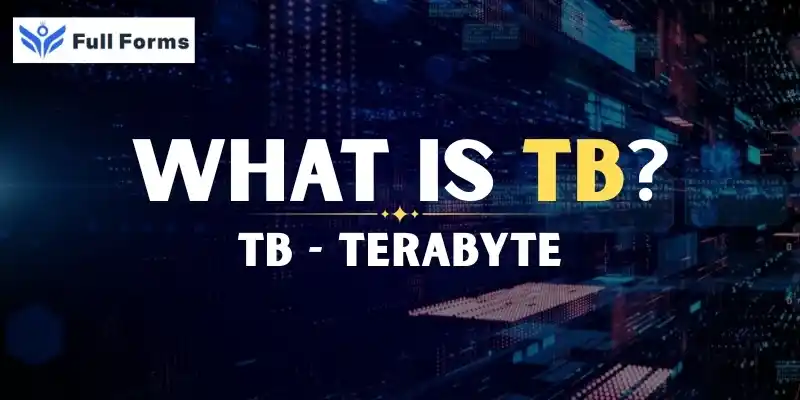Terabyte
(TB)

Description
Terabyte (TB): A Beginner’s Guide to Data Storage
In our digital age, we use computers, smartphones, and many other devices to hold huge amounts of information. Whether it’s photos, videos, games, or documents, all of this content requires storage space. You’ve probably heard terms like megabyte (MB), gigabyte (GB), and terabyte (TB) when talking about storage. But what exactly is a terabyte, and why does it matter?
What Is a Terabyte?
A terabyte (TB) is a measurement unit for digital storage, representing a very large amount of data. Here’s the basic math:
- 1 Terabyte = 1,024 Gigabytes (GB)
- 1 Terabyte = 1,048,576 Megabytes (MB)
To put it in perspective, just one terabyte can hold:
- About 250,000 music tracks
- Over 300 hours of high-definition video
- 200,000+ high-quality images
- Millions of text files
Why Do We Need Terabytes?
As technology advances, the amount of digital information we create and use grows rapidly. Photos are higher in quality, apps are larger, and videos now come in formats like 4K, which require far more space. Because of these trends, storage needs have grown from megabytes to gigabytes—and now, terabytes are common.
You’ll often see terabytes used for:
- External hard drives and SSDs
- Cloud storage accounts
- Laptops and desktop computers
- Servers and data centers
How Big Is a Terabyte in Everyday Life?
Here are some everyday examples to help you picture what a terabyte can store:
- Photos: One smartphone photo is about 5 MB, so 1 TB can save roughly 200,000 photos.
- Videos: An hour of HD video is about 3–4 GB, so 1 TB can keep 250–300 hours of video.
- Movies: A typical movie file is 2 GB, so you could store over 500 movies.
- Documents: Most text files or PDFs are under 1 MB, so 1 TB could hold more than a million documents.
Common Uses for Terabyte Storage
- For Personal Use: Many people use 1 TB or 2 TB drives or cloud plans to back up photos, videos, and important files.
- For Businesses: Companies need terabytes of storage for client files, project data, and records.
- For Cloud Services: Platforms like Dropbox, Google Drive, and OneDrive offer storage plans measured in terabytes.
- For Gamers: Modern games can be very large—often 50–150 GB each—so gamers need big drives, commonly 1 TB or more.
- For Servers and Data Centers: These facilities store huge amounts of data for websites, apps, and streaming. Storage here is often measured in thousands of terabytes or more.
How Does a Terabyte Compare to Other Storage Units?
| Unit | Size in Bytes |
|---|---|
| 1 Kilobyte (KB) | 1,024 bytes |
| 1 Megabyte (MB) | 1,024 KB |
| 1 Gigabyte (GB) | 1,024 MB |
| 1 Terabyte (TB) | 1,024 GB |
| 1 Petabyte (PB) | 1,024 TB |
Is All Terabyte Storage Equal?
Technically, a terabyte always equals 1,024 GB. However, when you check a drive’s actual usable space, it might show a bit less (like 930–950 GB). This difference is due to formatting and system files, and it’s completely normal.
In Summary
A terabyte is a huge measurement of digital storage, essential for managing today’s ever-increasing amounts of data. Whether you want to save family photos, run a business, play video games, or just back up your files, understanding what a terabyte is will help you pick the right storage option.
As our digital lives expand, the need for terabytes of storage will only grow. Knowing how much a terabyte can hold makes it easier to choose the best solution for your needs.
